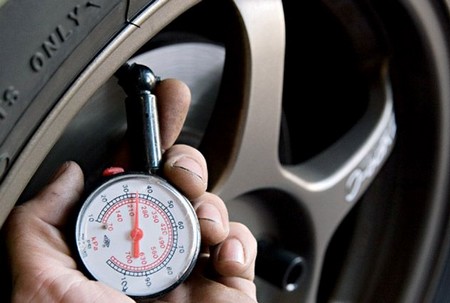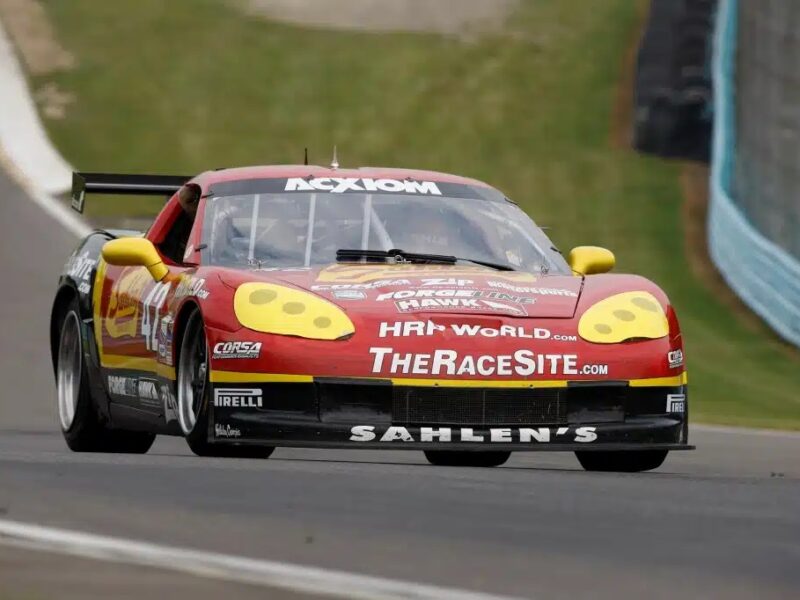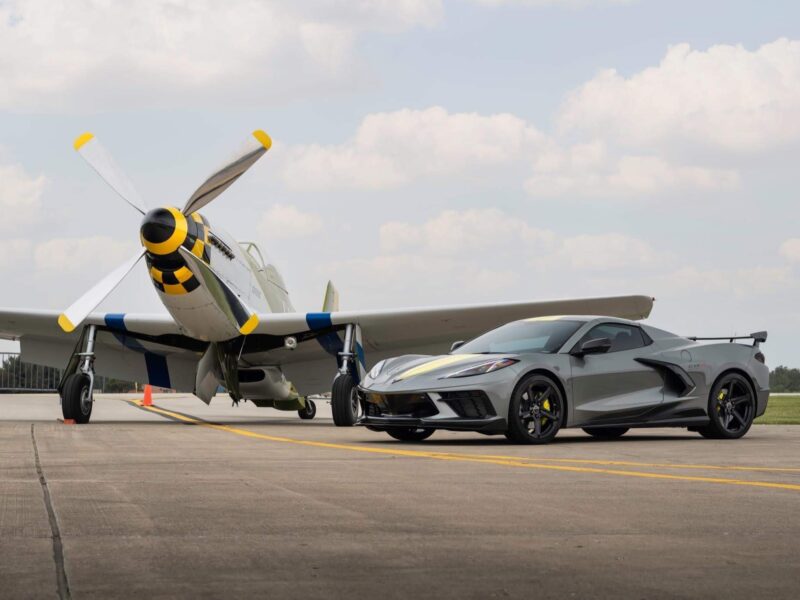“…man! my friends are so much faster than me, I better go source an unobtanium-centrifugal-rotoblantabulator from the most expensive race shop I can find, THAT will definitely let me keep up…”
When you’re first starting out in Motorsport there are few things that will make you a better and faster driver – without having to spend tons of money and seeking more power – than tires.
The essentials are still the same: better Brake Pads, stickier Tires and Seat Time.
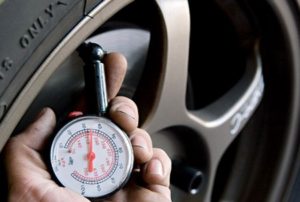
In this article, we’ll be focused mainly on tires, you know, those black rubber band looking objects on your car that are altogether necessary and yet mysterious… So, what are tires anyway?
==+ START OF BORING SCIENCE LESSON +==
A tire or tyre is a ring-shaped component that surrounds a wheel’s rim to transfer a vehicle’s load from the axle through the wheel to the ground and to provide traction on the surface traveled over. Most tires, such as those for automobiles and bicycles, are pneumatically inflated structures, which also provide a flexible cushion that absorbs shock as the tire rolls over rough features on the surface. Tires provide a footprint that is designed to match the weight of the vehicle with the bearing strength of the surface that it rolls over by providing a bearing pressure that will not deform the surface excessively.
The materials of modern pneumatic tires are synthetic rubber, natural rubber, fabric and wire, along with carbon black and other chemical compounds. They consist of a tread and a body. The tread provides traction while the body provides containment for a quantity of compressed air.
Source: Wikipedia
==+ LESSON COMPLETE +==
Skipping a lot of history about solid tires and other stone age technology that isn’t relevant to today’s automobiles, know that as long as a car has been on the road, there has been tires available and different tire compounds associated with them. Tires have evolved, compounds and composites have changed and each tire has a different “reason or season” for existing.
In our case, we will be speaking to High Performance Summer Tires, “R”(ace)-Comp(etition) and Slicks. As you’re learning to perfect your skills as a driver, it’s very important that you start off with a tire that gives you a lot of feedback. High Performance Summer Tires (aka “Street Tires”) are the best bet when first starting out, if your vehicle came equipped with All Season (A/S) tires, those are okay too, but just know they will heat up and give up quickly, but that’s not necessarily a bad thing.
“…..Screeeeeee-ccchhhh, OMG! We’re going to fly off the road! We’re gonna die…”
All that noise – aka “tire scream” – is just one way in which the vehicle is communicating with you.
What does all that tire noise mean? Generally there is a progression with tire noise: Singing, Screaming and finally Understeer or Oversteer (depending on the vehicle setup). Understanding all of these phases is important to your growth as a driver. If a tire is “singing” it means the tires are reaching their limit of adhesion and starting to loose grip. If a tire is “screaming” the tire is past the limit of adhesion and is on it’s way to being completely overwhelmed but you still have some marginal grip left. Once the screaming stops the result is either: Understeer (front end pushing away from the apex) or Oversteer (rear end stepping out from the apex) – both of which are generally correctable by removing speed and allowing the tires to return to doing their job.
In our opinion, it’s better the tires are screaming, than You ;-).
Even though your tires are making noise, doesn’t mean you should ditch them then and there. What it means is there might be an opportunity to tune the tires you have using some simple techniques:
-
Chalking Sidewalls: An old AutoCrosser’s trick to setting tire pressure is to take a bottle of white shoe polish and create a stripe from the edge of the rim outwards across the sidewall to the treads, about 3” tall. The reason the stripe is so long is two-fold. One, you can determine if the tire is slipping on the rim (loosing grip/air in the process). This check lets you see how far the tire has moved throughout the day. You want little to no movement, that is a sign of a well sealed tire. Two, see how much “rollover” occurs after driving hard. As the shoe polish is rubbed away (or not), determines if air should be added or removed from the tire. Ideally the proper tire pressure is achieved when the shoe polish has been scrubbed down to just above where the tread meets the sidewall. Once you’ve reached the proper set point record those pressure numbers for future use.
-
Setting Pressures Hot v Cold: Depending on the time of year, starting “cold” pressures fluctuate. The standard used to be 10 PSI per 1000 lbs of Vehicle, ie: 2500 lb car = 25 lbs of air. This equation works really well with street tires because they heat up quickly on pretty much any day or condition. Higher performance tires will require +/- 2 to 3 PSI from this baseline depending. However, cold temps aren’t nearly as important as “hot” temps. You’ll see a lot of folks making a bee-line right to the paddock after a session to check tires, they are trying to stabilize the tires hot so they remain consistent. A good rule of thumb is no more than 37 PSI hot on most higher performance tires. Again there is a margin of +/- 2 to 3 PSI. Another useful tip on a long day is, set your pressures hot, and after a couple of hours sitting you can get a read on where your cold temps should start. Write this information down or commit to memory for future runs and events. Most higher performance tires will settle after 2 sessions on track, and you can spot check them for consistency but they should be locked in. Always remember to check the “sunny side” of the vehicle before going back out on track as that side of the car will have picked up 3 or more PSI just from sitting.
-
Offsetting Pressures: On many front wheel and all-wheel-drive cars, it is often in the best interest of the driver to offset the pressures front-to-back, rather than running a “square” setup. Removing 2-to-3 PSI in the rear tires allows the car to more easily rotate in corners. For example in a vehicle like a VW GTI, running 37 Hot Front, and 34 Hot Rear is not uncommon. However on a chassis like a E36 BMW running square pressures is the preferred way to calibrate the tires allowing no more than 34 PSI on all 4 tires as the car has nearly 50/50 weight distribution using the tires more equally.
-
Tire Gauges: Note: not all tire gauges are created equal. There is always a fudge factor between brands and even tire compressors. We recommend Accu-Tire or Long-Acre gauges as they seem to be the most consistent. If you have more than one gauge, choose your favorite and record the offset on the other gauge. ie: +1 PSI as a mental note. A good way to calibrate pressure gauges is to find a vehicle with on-board TPMS as those are generally very accurate. Compare your analogue gauge to the TPMS and record the offset.
-
Using Pyrometers: Pyrometers aren’t necessarily a “basic” technique but they can be acquired cheaply and answer many simple questions that visual inspection and tire gauges can’t. How is the tire heating up? Which parts of the tire are being used more? How much suspension flex is going on? Is my alignment off?
-
Camber Adjustments: Understanding what is being asked of your tire can be determined by figuring out the demanded camber under load. Sounds complicated, but it can be easily achieved by visual inspection or pyrometer. Is the outside of the tire or sidewall completely torn up? (too much positive camber) or Is the inside of the tire completely corded? (too much negative camber) or Is the center of the tire worn out? (too much air) or Are you tires wearing just right? — everything looks even. (solid alignment, temps and pressures).
Now that you’ve mastered the basics, you should have noticed a couple things: your laps are overall smoother, you’re carrying more speed and the tires are cooperating rather than screaming at you. And best of all, your coach will be a lot happier (if you still have one).
Once you’ve really learned your tires and feel like you can’t get much more out of them, there are a couple forks in the road.. Do you push harder looking for the new limit of your tires? Or step up to a “better” tire compound, reaching for more speed and starting the process over?
Most drivers will opt to move to a “better” tire. However, as you move up the tire compound chain you will need to go back to the basics (See Tire Type Matrix at the end of this Article).
Every tire has different set points, construction and limits. You need to relearn where those points are. We don’t recommend “skipping” from one level to another, ie: All-Seasons directly to Slicks, why? The downside to “better” tires is they can mask a lot of poor driving habits and mistakes; and better performance tires don’t communicate the same way, or at all (in the case of Slicks). In many instances stickier tires have been the result of a CYA (Covered Your @$$) moment, where the tires did the work and the driver didn’t.
Things to think about when purchasing “better” tires.
-
Dry v Wet abilities: There is a lot of fascinating science that goes into tires: amounts of carbon, silica, siping, pattern design, treadwear, etc. “Block Style” Tires are going to be the best in bad weather conditions as they generally have more channels for water to escape through. They will also be more “squishy” in race conditions as there are more avenues for the tread to move under load. Meanwhile, many “motorcycle style” tires might look like they tread well in wet conditions but are often an optical illusions as the channels don’t often reach out the outer edges. These types of tires tend to aquaplane quickly and, these same designs are also generally very noisy and tend to hum due to the harmonics produced by the pattern. Usually the amount of wet/cold weather ability is determined by the amount of silica in the compound. Check the tire specs before making a purchase. Dry tires or exclusively “Summer” tires have less silica in them and usually less carbon making them softer. More carbon means harder rubber compounds and higher treadwear.
-
Type of Sidewall: Classic, Overhung, Reinforced. A classic sidewall is that of an All-Season tire: soft, spongy, designed to resist even the most challenging city streets. An overhung sidewall is rare but has been seen in some more modern tires, designed to mimic a motorcycle tire (ie: BFG Rival) where the tread comes down over a portion of the sidewall — allegedly allowing “more grip” as the sidewall flexes. A reinforced sidewall is designed to keep the tire “square” even under load. Almost all of the Toyo Tires are designed this way. Having a reinforced sidewall has its own particular behaviors, one of the most noticeable ones is its ability to turn-in. A tire with a reinforced sidewall tends to pivot rather than bend, creating limited feedback and a bit of “numbness” but they tend to be consistent. Slicks also share this behavior. Another downside to reinforced sidewalls is the ability to gauge air by eye, meaning it is very hard to judge if the tire is flat (much like a run flat tire retains its shape)
-
Treadwear: The amount of Silica and Carbon Black are a large factors in the “hardness” (treadwear) of a tire. The higher the concentration of Silica and Carbon the higher the treadwear which results in longer longevity/durability of the tire. For track use a tire in the high 200s is a great starter tire.
-
Heat Cycling: More important for the higher performance tires (Racing Tires / Slicks) are the number of “heat cycles” a tire is subjected to. What is a heat cycle? Some people in Motorsport will argue that a heat cycle is “each time you come on/off track” in other words, one session. Others will say “an entire track day is 1 heat cycle.” We tend to lean toward the notion of each on/off is a cycle, therefore, in a typical track weekend you’ll average somewhere between 6 and 8 heat cycles. There’s no magic formula for Treadwear-to-Heatcycle, but know that the lower the treadwear the shorter the number of available heat cycles. When tires are “heat cycled out” is when they are at their most dangerous because they become unpredictable, you’ll hear alot of folks say “it’s like I was driving on glass.” In a lot of cases, higher level tires will cord before they heat cycle out. So keep an ear out for odd “thumping” sounds coming from the tires while cornering.
-
Rolling Resistance and Efficiency: Stickier tires have a higher rolling resistance, meaning that because of their increased grip it requires additional torque from the engine to rotate the wheel. Tires with low rolling resistance can be found on vehicles like a Toyota Prius. We won’t comment on the Prius’ track ability, but we’re certain you get the idea. Also note that sticky tires (Race Tire / Slick) with the higher rolling resistance also means higher cornering Gs are possible which results in higher stresses on suspension components, especially suspension bushings. Make sure you’ve consulted with someone specializing in your chassis/suspension to determine if you can safely make the jump to Race Tire or Slicks.
-
Breaking Resistance: Although stickier tires might be “harder to move” (rolling resistance), the upside is “better” braking. Stickier tires allow you to shorten your braking zone because they slow down more easily. After upgrading your tires you’ll notice that stopping at the same markers will leave you further back than you’d expect. But this also put additional load on your brake pads, think about upgrading your pad compound at the same time.
-
Your Peers: What are your friends using? Talk to people that actually use the tires you’re interested in purchasing — don’t rely on the internet marketing. Is there a preferred tire for your chassis? or spec-tire available? A lot comes down to driver style, feel and some trial-and-error, but you’re not the first to market, so ask others about their experiences.
Even though we can’t directly recommend the best tire for your style, car or application, we hope you found this article useful and always remember:
“Never upgrade your vehicle until you can safely drive it past it’s limits” — Nic Monterastelli
In Motorsport these are important words to live by. Good luck, and we look forward to seeing you at one of our upcoming events.
Tire Type Matrix (Images sourced from www.toyotires.com)
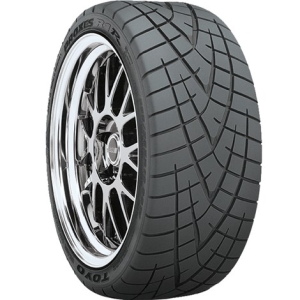
Extreme High Performance Summer Tire – aka “AutoCross Tire”
Easily 2 seconds a lap faster than a standard Summer or A/S tires. Quick Heat Up, sticky early on, but can overheat. Usually a very good wet weather tire.
Treadwear: 240
Suggestions:
- Toyo R1R (pictured)
- Dunlop Durezza ZII
- Yokohama ADVAN
- BFG Rival
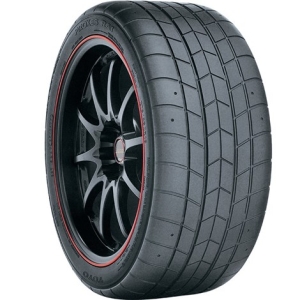
Entry Level Dry/Wet R-Comp Tire – aka “R-Comp”
On average 3 seconds quicker than an AutoCross tire because the tires are most consistent and have a longer heat tolerances. The tires will need a couple laps to heat up to optimal temps. Pushed too hard, tires can overheat and get “greasy.” Usually designed with good dry/wet traction. The best compromise on price / grip / longevity can be achieved with these types of tires.
Treadwear: <200
Suggestions:
- Toyo RA-1 (pictured)
- Nankang NS-1
- Nitto NT-01
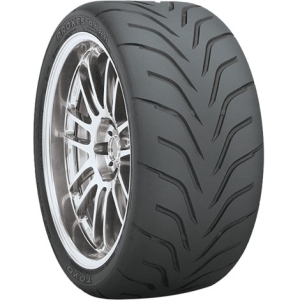
Higher Performance R-Comp Tire – aka “Race Tire”
Generally a few seconds quicker than an entry level R-Comp. Designed for “sprints” 1 lap of heat up, very sticky, but pushed too hard can fall off fast. Not a lot of positive feedback from the tire. Durability is low, and cost is high.
Treadwear: <150
Suggestions:
- Toyo R888 (pictured)
- Hoosier R6, R7
- BFG R1
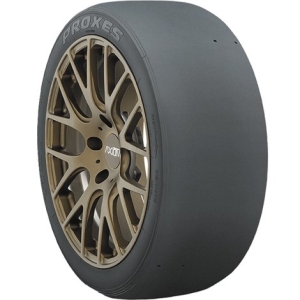
DOT Competition Slick – aka “Slick”
By far the fastest tires. Only usable (without pre-heaters) above 45 degrees ambient, usually take a few laps to warm up. Slicks give no warning or feedback. Razor sharp turn-in, but when they let go, be prepared to react quickly. Test for traction often. Not recommended when there is moisture on track. Most expensive and shortest life span.
Treadwear: 100 or less.
Suggestions:
- Toyo RS1 (pictured)
- Continental ST
- Hoosier R7
- Pirelli DT

